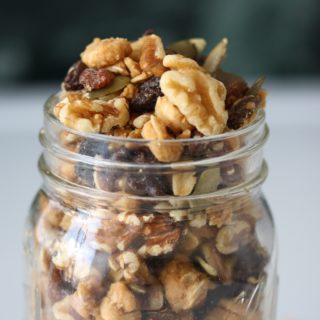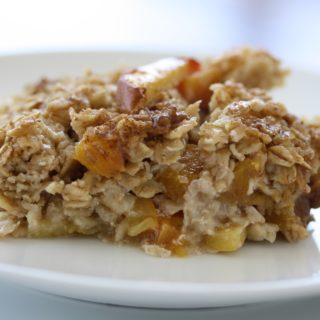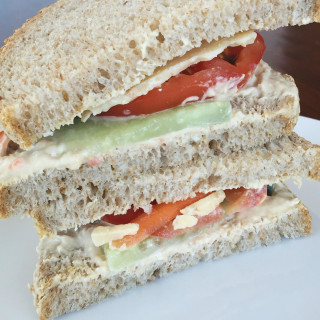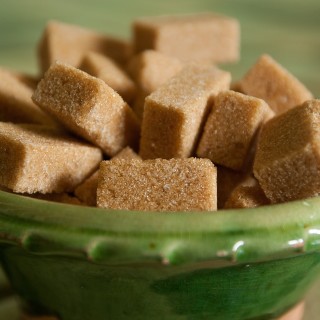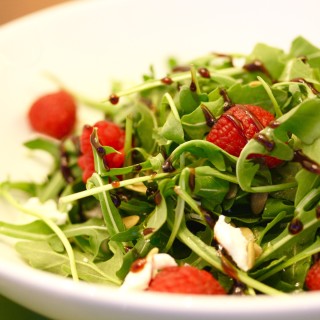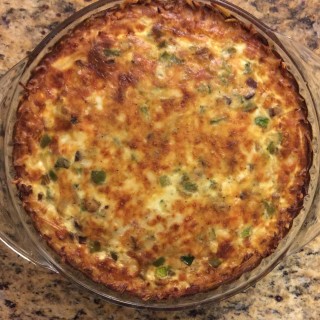What is Cholesterol?
The Short Answer: Cholesterol is a waxy substance found in your cells. It makes hormones and vitamin D, and aids in digestion.
The liver (your friendly—and free—neighborhood detox center) makes the appropriate amount of cholesterol and sends it into your bloodstream.
LDL versus HDL: There are two main types of cholesterol: HDL (‘good’ cholesterol) and LDL (‘less good’ cholesterol).
LDL has a tendency to get wedged into your artery walls. This injury initiates the development of plaque. Over time, plaque hardens and narrows your arteries, limiting blood flow to your heart, organs, and other parts of your body, which can lead to chest pain, numbness, pain, infection, and kidney disease. If plaque breaks out of your artery wall, it can cause a blood clot that leads to a stroke or heart attack.
But it’s not all dark and twisty. HDL is like a heroic garbage truck that rides through your blood vessels, removing LDL before it can turn into plaque, and dumping it back in your liver for disposal. HDL does its best, but it gets outnumbered when there’s too much LDL.
Eat Your Way to Better Cholesterol:
1) Eat more fiber and plant sterols and stanols, which occur naturally in many grains, fruits, vegetables, legumes, nuts, and seeds.
2) Eat less saturated fat and swap it for sources of mono and polyunsaturated fat like olive, peanut, and canola oil; fatty fish like salmon, trout, and herring; avocados; olives; and nuts.
Higher fat dairy contains more cholesterol than lower fat dairy. For example, 1 cup of whole milk has 35 mg of cholesterol while 1 cup of 1% milk has 15mg.
3) Eliminate trans fats (avoid products that contain partially hydrogenated oils)
4) Don’t worry about eggs. The cholesterol in food does not have a significant impact on blood cholesterol levels (which is why the new 2015 Dietary Guidelines for Americans doesn’t have a cholesterol limit). I shared my thoughts about this with Self Magazine (here).
Note: A version of this post originally appeared on HealthWarrior.com (I write nutrition content for their website/e-mail list)
When you subscribe to my newsletter, you will receive 1-2 e-mails a week filled with news and recipes to make your life healthier and less stressful

